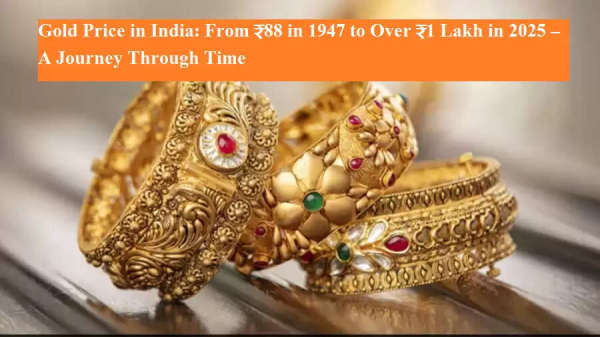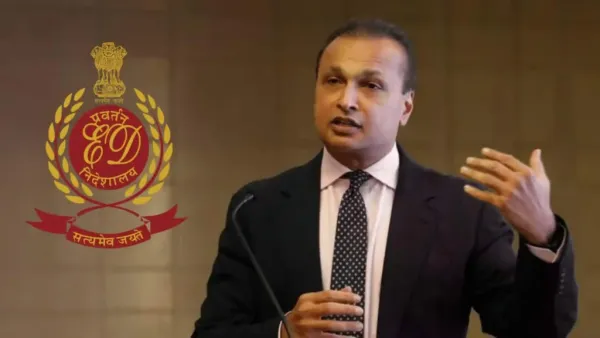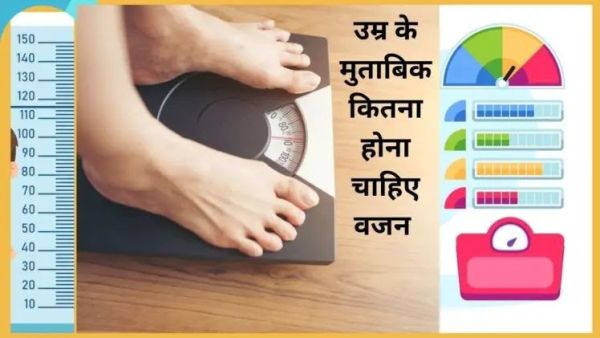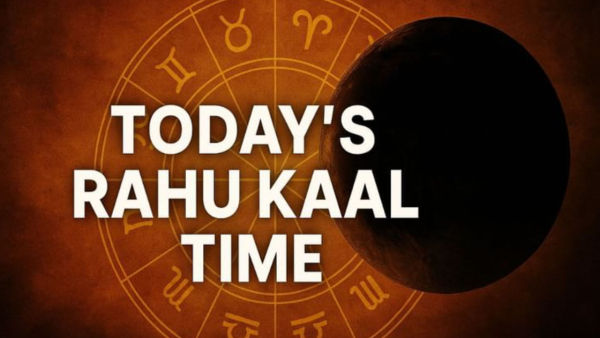
In India, gold is more than just a metal — it's a symbol of culture, tradition, and financial security. Over the decades, the value of gold has seen a phenomenal rise. From ₹88 per 10 grams at the time of independence in 1947, gold has now crossed the historic ₹1 lakh mark in 2025.
🇮🇳 Gold Price in 1947 – The Year of Independence
-
In 1947, the price of 10 grams of gold was just ₹88.62.
-
Gold was an essential part of every Indian wedding and household tradition.
📉 1950s–60s: Minor Ups and Downs
-
In 1950: Price hovered between ₹90 to ₹112.
-
In 1964: Dropped to ₹63.25, but rebounded to ₹176 by the end of the decade.
📈 1970s: First Major Jump
-
1970: ₹184
-
1975: ₹540
-
1979: ₹937
-
Global economic instability caused significant price fluctuations.
💹 1980–1990: Gold Becomes a Popular Investment
-
1980: ₹1,333
-
1985: ₹2,130
-
1990: ₹3,200
-
Gold became a key investment instrument during this period.
🚀 2000s: Rapid Rise
-
2000: ₹4,400
-
2005: ₹7,000
-
2010: ₹18,500
-
Inflation and increasing investment interest pushed prices up sharply.
🌍 2008–2015: Global Financial Crisis Fuels Demand
-
The 2008 recession made gold a “safe haven”.
-
Prices surged significantly during this period.
🦠 2020: COVID-19 and Gold’s Boom
-
The pandemic led people to invest in gold for security.
-
Prices soared past ₹50,000–₹60,000 per 10 grams.
💯 2025: Gold Crosses ₹1 Lakh for 10 Grams
-
For the first time in Indian history, the price of gold has crossed ₹1,00,000 per 10 grams.
-
This marks the biggest-ever jump in India's gold investment history.
💡 Why Gold Is So Valuable in India
-
Symbol of wealth and prosperity
-
Integral to weddings, festivals, and rituals
-
Acts as a hedge against inflation and currency depreciation
-
Seen as a reliable, long-term investment
Gold’s journey from ₹88 to ₹1 lakh reflects not just market dynamics, but also India’s evolving economy, global influences, and cultural affinity for the yellow metal. Whether as jewelry or as an asset, gold remains a timeless treasure for Indian households.









